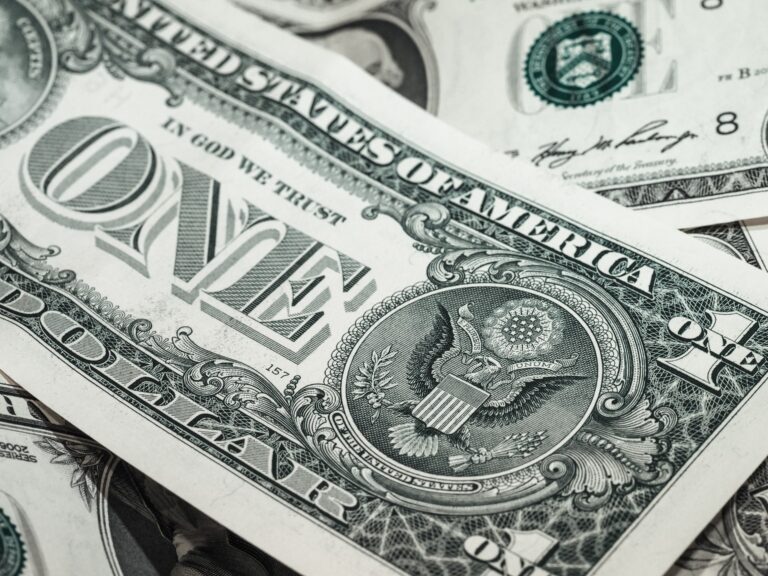
Morning Brief – Word of the year
Lockdown! Collins, a household name for producing the rival to the Oxford English Dictionary, has chosen ‘lockdown’ as its word of the year for 2020. In fact, our worlds have been impacted so greatly by the new Coronavirus that 6 out of the shortlisted 10 words included reference to the pandemic. Biting at the heels of 2016 winner ‘Brexit’, 2020’s Megxit failed to take the crown. Two social media phenomena alongside ‘BLM’ complete the list. With news yesterday of significant progress in the Pfizer-BioNTech vaccine trial, perhaps 2021 will contain no such vaccine related shortlisters. Just as Oxford’s word of the year in 2008 – Credit Crunch – faded into 2009’s ‘simples’ – a reference to comparison website slogan Compare the Meerkat, I wonder what next year and potential return to normality will bring!
Yesterday was a turbulent day for markets following the confirmation over the weekend that Democratic nominee Biden is now President-elect. News of 90% successful immune-response in trials of some 43,000 people led markets to rally with major US and European stock indices up 5% by lunchtime. Announcements in the UK by Chancellor Rishi Sunak and PM Johnson continued to stoke a volatile market. The ‘risk-on’ mood in markets prompted by the vaccine announcement encouraged emerging market and commodity currencies higher at the expense of safehavens such as the US Dollar and Japanese Yen. As the rally began to fade in the later afternoon, markets retraced slightly.
Health Secretary Matt Hancock has asked the NHS to prepare to roll out a vaccine as early as December this morning. The style of the Pfizer-BioNTech vaccine is more complex than many other vaccines. The data yesterday however has encouraged hope of successful projects relying on similar technology and fundamentals. Whilst a 90% success rate might sound good in many contexts a lot of the popular reaction was quite rightly: what about the other 10%? That will still leave 780m people vulnerable to the disease across the globe, significantly more than have died from the virus to date. However, the 90% success rate far surpasses regulators requirements for a vaccine and widespread immunisation, just as a herd immunity strategy, can stop transmission once critical mass is reached. Therefore yesterday’s rally was strong and, more importantly, deserved.
Reading yesterday’s data as the stimulus package that no central bank or treasury could deliver, interest rates spiked as prospects for a near-term economic recovery improved. Higher yields in the US-treasury market brought the 10-year note back in line with March’s high prompting some demand back into the US Dollar.
Discussion and Analysis by Charles Porter

Click Here to Subscribe to the SGM-FX Newsletter
Related Insights

Morning Brief – Milan, Italy
Milan, Italy The City of Milan has a late night noise problem and so it has acted unilaterally to resolve it-Italian style. A ban on the sale of take away food including ice cream and pizza after midnight is being imposed to protect the “peace and health of residents.” Here in the UK late night […]

Morning Brief – British Pound
British Pound Reports that the UK may cut its interest rates before the USA cut their interest rates were the final straw this past week for Sterling. A slew of less than helpful inflation, employment and finally retail sales saw GBP weaker , but then the suggestion that with the background of that less than […]

Morning Brief – US Dollar
US Dollar Surging on a strong US economy together with further geopolitical tensions in the past week, USD is at its strongest versus EUR this year and came within a whisker of breaking through 1.06 in yesterday’s trading. Against the Japanese Yen USD was 154.55 which caused Japanese Finance Minister Shunichi Suzuki to break cover […]



 Humphrey Percy
Humphrey Percy